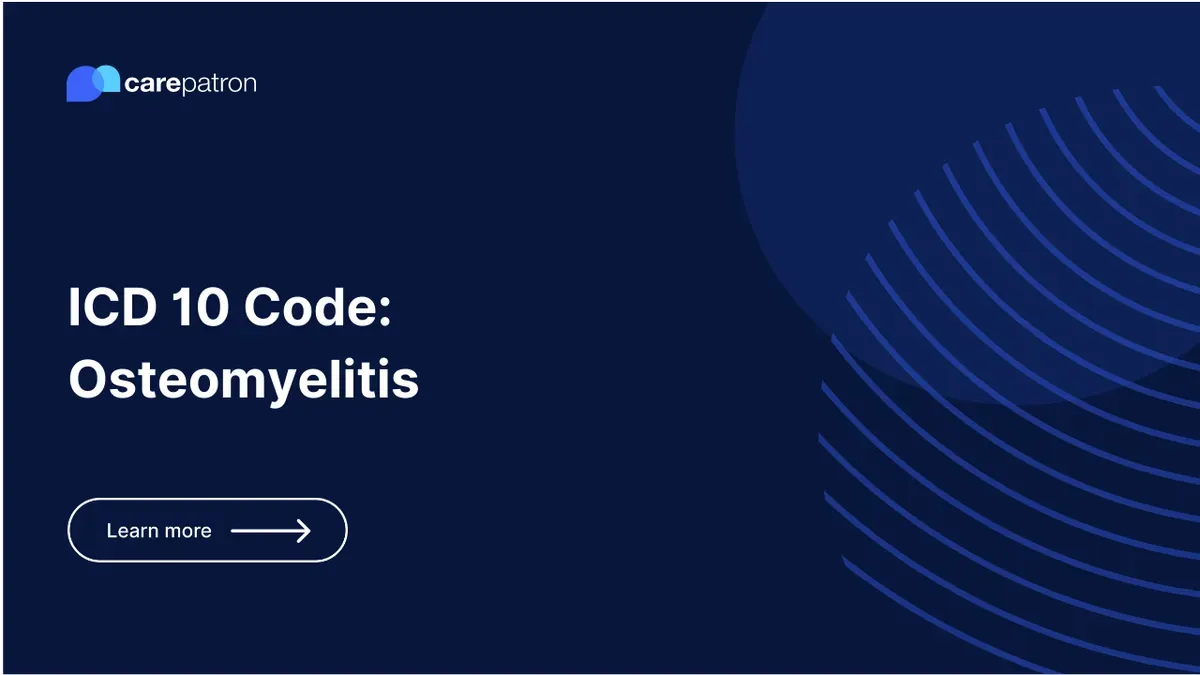
Osteomyelitis ICD-10-CM Codes
Read this short guide and learn about osteomyelitis ICD codes you can use.
Use Code
Commonly asked questions
Yes. These codes are not specific with the locations of the osteomyelitis. An example of this would be M46.2 - Osteomyelitis of the vertebra. It doesn’t specify where in the vertebra. It’s best to use specific codes.
Professionals will conduct blood tests, bone scans, imaging tests, and/or biopsies.
That depends. If it’s not adverse, professionals can treat it using antibiotics, antifungals, draining fluid and pus from abscesses using a needle, and pain relievers. If it’s adverse, bone surgery might be performed.
EHR and practice management software
Get started for free
*No credit card required
Free
$0/usd
Unlimited clients
Telehealth
1GB of storage
Client portal text
Automated billing and online payments
